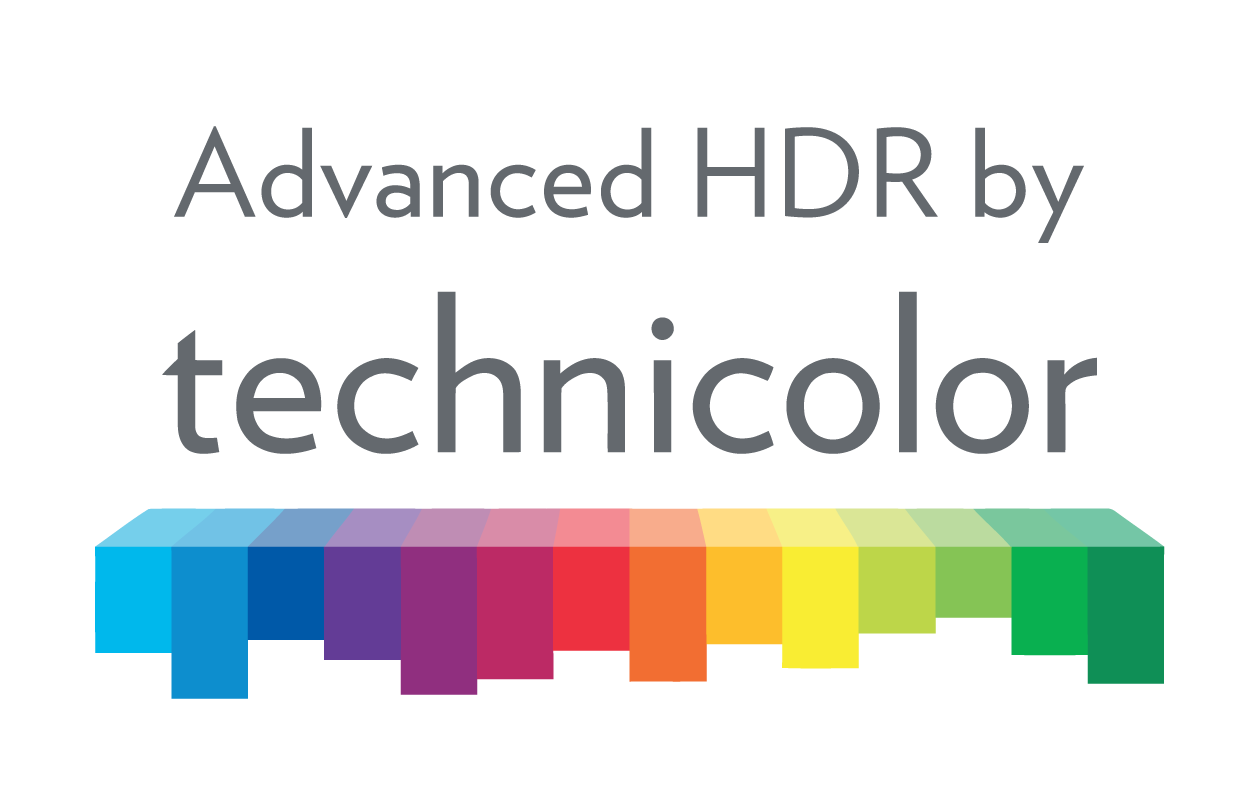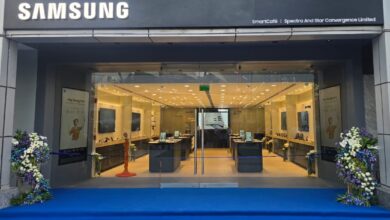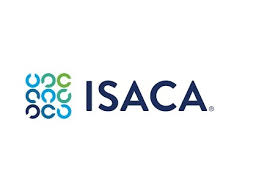Industry Media Roundtable Explores the State of HDR in the Americas to Provide An Ecosystem Perspective


The entire ecosystem of broadcasters, content creators, consumer electronics manufacturers and chip-set makers are coordinating efforts to deliver HDR to a new generation of tech-savvy consumers.
Silver Spring, Maryland Jul 7, 2022 (Issuewire.com) – After years of design, development — and debate — high dynamic range (HDR) technology is poised for significant growth and expansion in the broadcast sector as ATSC 3.0 signals are turned on across the nation. These final, critical pieces of the deployment puzzle are falling into place, allowing the entire ecosystem of broadcasters, content creators, consumer electronics manufacturers, chip-set makers — and consumers — to finally secure returns on the significant investments in HDR.
These were among the conclusions of a recent media roundtable discussion on the current state of HDR in the Americas. The executive gathering, streamed to a community of journalists covering the conference, featured experts from Sinclair Broadcast Group, MediaTek, Ateme, Parks Associates, Cobalt Digital, and Advanced HDR by Technicolor.
Like many innovations in the entertainment technology space, the HDR community has had to wrestle with the “chicken and egg” conundrum that must be resolved before the foundation is laid for broad consumer adoption. While the executive panel noted that the overwhelming majority of households have standard dynamic range (SDR) technologies in place today, the coordinated efforts of the ecosystem are beginning to pay off. This is providing consumers with the confidence that investments made in next-generation TVs and other devices will be rewarded with immersive HDR viewing experiences.
“Parks Associates conducts a quarterly survey to assess how changing consumer beliefs and criteria shape their decision-making and buying habits. “We have found a significant increase in consumer demand for HDR quality viewing experiences across the range of content. While there is still some confusion around the actual process of converting content to HDR, they [consumers] equate HDR with better-quality pictures. We believe CE manufacturers and broadcasters are responding to this shifting consumer attitude and we fully expect HDR adoption rates to continue to increase,” said Paul Erickson, research director for entertainment and consumer electronics at Parks Associates.
It is an analysis that is music to the ears of broadcasters that are banking on an audience to “be there” as next-generation ATSC 3.0 TV stations that support HDR is turned on.
“Consumers worldwide are becoming more aware of the viewing experience that HDR delivers, and they are becoming more discriminating,” said Mark Aitken, senior vice president of Sinclair Broadcast Group and vice president of One Media.
“This increases demand for HDR content and consumer electronics that can display HDR. Sinclair has always believed that next-generation TVs with HDR capability would be the TV standard, as a result, we have committed to standardizing the process for including both SDR to HDR signals through Advanced HDR by Technicolor. We are currently delivering HDR content through 28 stations across the United States,” said Aitken.
If We Build it They Will Come
Sinclair Broadcast Group has indeed been setting the pace for the rest of the broadcast industry in terms of both quality and quantity of deployments. Sinclair will have 40 stations lit up in HDR by the end of 2022 by harnessing the new intelligent capabilities of ATSC 3.0 and Advanced HDR by Technicolor, according to Tony Bozzini, head of business development for the Advanced HDR by Technicolor solution. It is a suite of HDR production, distribution, and display solutions that leverage machine learning (ML) technology to maximize image quality and enhance the consumer viewing experience. It is a single stream solution for delivering the highest quality SDR and HDR content.
“Sinclair is delivering various forms of content from live sporting events to broadcast news in HDR and ensuring that viewers — regardless of whether their TVs support SDR or HDR — receive the very best viewing experience possible,” said Bozzini.
This is what makes forward and backward compatibility so essential. Sports in general and outdoor field sports — like soccer, tennis, football, and baseball — figure to be big beneficiaries of Advanced HDR by Technicolor in the months and years to come because it extends the benefits of backward compatibility all the way to the production process.
“One of the challenges facing the broadcast of outdoor sporting events revolves around lighting changes and shadow shifts throughout a broadcast,” said Ryan Wallenberg, vice president of engineering at Cobalt Digital — a company that designs and manufactures 12G/6G/3G/HD/SD conversion, throwdown, and multiviewer technology for the production and broadcast television environment.
“Historically, this has been a huge challenge in the overall picture quality presented to consumers. However, Advanced HDR by Technicolor, which has been incorporated into Cobalt equipment, has machine learning capabilities that automatically sense changes in light quality and then make adjustments to deliver seamless and consistent HDR images,” said Wallenberg.
The ability to support live HDR production while simultaneously generating SDR content in a single workflow is emerging as a critical technical and economic consideration for adoption across the ecosystem.
“If you look at the production side of live sports, there is a lot of money tied to previous generations of production trucks and camera investments,” explained Aitken.
“Converting all of these to HDR would be incredibly expensive and require two separate workstreams to deliver HDR to viewers with newer TVs and SDR to viewers with legacy TVs. Advanced HDR by Technicolor addresses and simplifies the complexity of broadcasting live sporting events and gives us the best of both worlds,” he said.
The ability to simultaneously support HDR and SDR is also a major economic factor for the consumer electronics segment of the ecosystem.
“There is a big push for manufacturers to develop lower price point consumer devices,” said Alfred Chan, vice president of the TV business unit and smart home business group of MediaTek — the leading manufacturer of systems-on-chips (SoC) that supplies 95 percent of TV brands around the world.
“They, along with content developers and broadcast groups like Sinclair, are looking to incorporate technologies like Advanced HDR by Technicolor to streamline SDR to HDR production, which can deliver HDR quality images while supporting SDR at no additional cost and with no compromise of quality. This two-pronged approach will increase HDR adoption rates.”
In the final analysis, according to Mickael Raulet, chief technology officer at Ateme — a global leader of video compression and delivery solutions helping tier-one content providers, service providers, and streaming platforms — sustained success, acceptance, and adoption of HDR will hinge on the quality of experience delivered to consumers.
“As the old saying goes, ‘Content is King’ The ability to deliver consistent viewing experiences across all content is becoming apparent to content producers, broadcasters, and CE manufacturers. This level of viewing experience needs to be consistent. If a consumer is watching a sporting event in HDR and it is interrupted by commercials in SDR, the viewing experience can be quite jarring. Other members of the ecosystem — such as advertisers — are taking notice of this. We expect high-end consumer goods, like automobiles, to demand that their spots have the same HDR viewing experience,” he concluded.
To view an excerpt of the discussion that took place during the roundtable, visit: https://bit.ly/3OAOpEO.
Media Contact
BizTechReports
+1 202 669 7416
Source :Advanced HDR by Technicolor
This article was originally published by IssueWire. Read the original article here.



